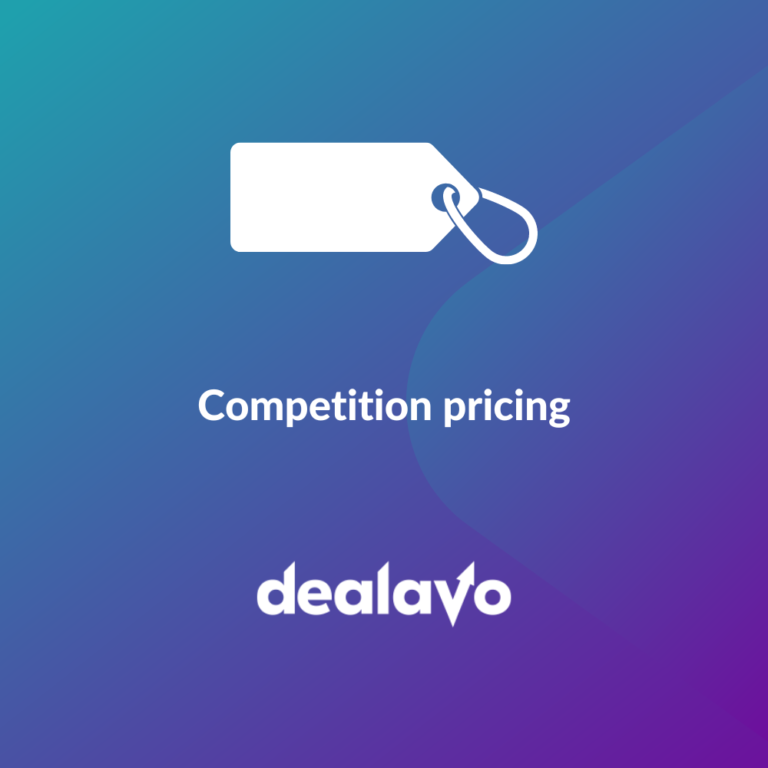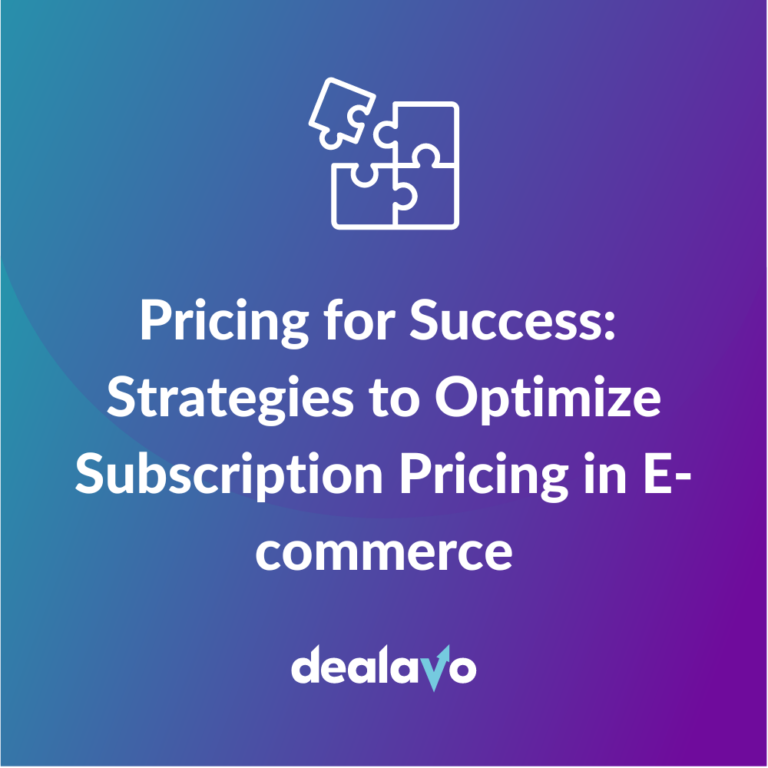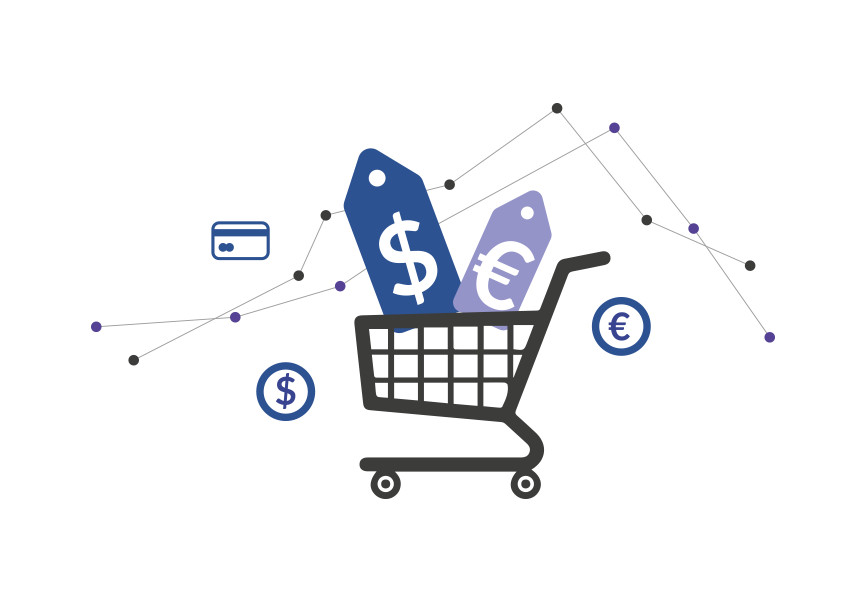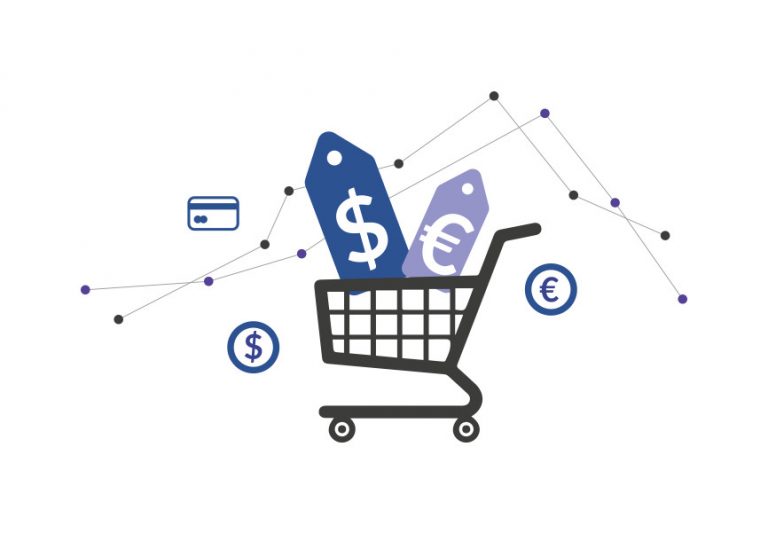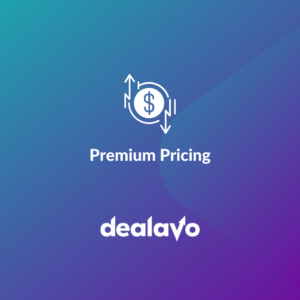
Premium pricing in e-commerce: Key strategies and examples
- 18 June 2024
It has long been known that premium brands and their target audiences differ from other groups. Crafting the right strategy to appeal to these consumers is a significant challenge, as is monitoring the competition in this luxury, competitive market. So, what is a premium pricing strategy in e-commerce? Let’s take a closer look.
Premium Pricing: The Theory
What is premium pricing? It is a strategy where companies set higher prices for their products or services based on perceived value, exclusivity, or unique features. The core idea is to position the brand or product as high-end in the market, attracting customers who are willing to pay more for perceived quality, status, or other intangible benefits.
In the context of e-commerce, several key elements define premium pricing:
Creating a Strong Brand Image
Building a solid brand identity is essential for a premium pricing strategy. Companies must be perceived as providers of high-quality, luxurious, or exclusive products. This perception shapes how customers view their offerings as superior to competitors. Significant marketing and brand storytelling investments are often required to build this image. Brands like Louis Vuitton and Patek Philippe exemplify this, being synonymous with quality and prestige.
Another excellent premium price example is Patagonia, known for high-quality outdoor gear and a commitment to environmental sustainability. Patagonia’s strong brand identity allows it to demand higher prices for its products, as customers are willing to pay more for the assurance of quality and ethical production practices.
Product Differentiation
Effective premium pricing depends on product differentiation. This involves offering unique features, top-notch craftsmanship, or exclusive benefits that set the product apart from cheaper alternatives. For instance, Bang & Olufsen in the audio market uses high-end materials and cutting-edge technologies to create standout products. This differentiation justifies the higher price, making customers feel they are purchasing something special.
In the fashion industry, Gucci stands out by combining unique designs with high-quality materials and craftsmanship. Their products often feature distinctive patterns, luxurious fabrics, and innovative designs, setting them apart from other brands. This uniqueness allows Gucci to maintain a premium price.
Targeting the Right Audience
Premium prices are aimed at a specific segment of customers who prioritise quality, prestige, or unique experiences over cost. These customers are less price-sensitive and willing to pay a higher price for perceived value. For example, Peloton targets fitness enthusiasts who value high-quality workouts, advanced equipment, and exclusive content, making them less sensitive to higher costs compared to standard exercise equipment.
Similarly, Tesla targets environmentally conscious consumers and technology enthusiasts who prioritise innovation, performance, and sustainability in their vehicles. Tesla’s electric cars, with their advanced technology and premium features, appeal to customers willing to pay more for superior driving experiences and the prestige associated with the brand.
Offering a Compelling Value Proposition
Products or services with a premium price typically offer exceptional value beyond basic functionality. This can include superior performance, exceptional customer service, extended warranties, or exclusive access to additional services or content. High-end watches like Omega offer lifetime warranties, personalised services, and exclusive events, all of which justify their higher prices and embody the premium pricing meaning.
In the technology sector, Dyson is known for its innovative and high-performing household appliances, such as vacuum cleaners and air purifiers. Dyson products feature advanced technology, excellent craftsmanship, and superb customer service, making them the preferred choice for customers willing to pay a higher price for top-of-the-line household appliances.
Creating a Sense of Uniqueness and Exclusivity
Scarcity or exclusivity can significantly enhance the perceived value of premium products. Limited editions, membership programmes, or invite-only events contribute to the allure of premium offerings. Limited edition Hermès handbags are a prime example of premium pricing, highly sought after by collectors and enthusiasts, often commanding significantly higher prices due to their rarity.
In the world of luxury cars, Ferrari employs a similar strategy by producing a limited number of cars each year. This controlled supply creates a sense of exclusivity and rarity, ensuring their vehicles remain highly desirable and can command high prices.
Implementing a Premium Pricing Strategy
Premium pricing strategy involves setting prices significantly higher than competitors to reflect perceived value and maintain an aura of exclusivity. These prices must be justified by the perceived benefits to avoid alienating customers. For instance, high-end skincare brands like La Mer price their products higher than other mass-market alternatives, relying on superior formulas and luxurious experiences to justify the costs.
Another example is Montblanc, known for luxury writing instruments and accessories. Montblanc pens are priced much higher than regular pens due to their exceptional craftsmanship, high-quality materials, and the prestige associated with the brand. This strategy ensures that the products appeal to a niche market that values exclusivity and quality.
Monitoring the price of competitors
Premium prices should nevertheless relate strongly to those of competing products. You need to catch a balance with your current Dealavo is a competitor price tracking software that allows you to monitor shops and e-commerce brands the price, availability and visibility of their products and compare them with third-party prices. You can see how Dealavo works in the diagram below.

Dealavo provides several customisations such as integration with customer databases, custom data formats and Excel reporting, APIs, AND direct integrations. Dealavo has a fantastic customer service team that is responsive to its clients’ needs.
Dealavo assigns each customer a Customer Success Manager who handles requests, helps the customer use Dealavo and provides training on demand.
Developing an Effective Value Proposition
Implementing premium pricing in e-commerce requires creating a high product value that justifies the higher prices while appealing to a selected customer segment willing to pay for an exceptional experience, status, or product quality.
Key aspects include:
- Emphasising Unique Features: Clearly communicate what makes your product stand out, using visuals and detailed descriptions to showcase superior quality and exclusive features.
- Highlighting Brand Values: Align your brand with values that resonate with target audiences, such as sustainability, innovation, or craftsmanship.
- Leveraging Testimonials and Reviews: Positive customer feedback can reinforce perceived value and justify a higher price.
- Providing Exceptional Customer Service: Premium products should come with premium services. Ensure that customer service is top-notch, providing a seamless and satisfying experience at every purchase stage.
Premium pricing definition in e-commerce is an effective way to position a brand and products as high-end, attracting a specific segment of customers willing to pay more for perceived quality and exclusivity. By focusing on brand image, product differentiation, target audience, high value, scarcity, and a well-justified pricing strategy, companies can successfully implement premium pricing and enjoy higher margins.

